Location
Japan
[ ] Naoshima
[ ] Ikujima
[ ] Teshima
Travel Dates
2019.10.08 - 2019.10.11
Camera
Leica M6
Film Stocks
KODAK PORTRA400, KODAK GOLD 200
Travel Notes
Naoshima is a small island with a population of 3,000+ people situated in the beautiful Seto Inland Sea of Japan.
Over the past three decades it has become famous for its collection of contemporary art both inside and outside of museum/gallery walls. Many of the earlier structures were created by Japanese architect Tadao Ando.
Since Naoshima was established as the "art island", other neighboring islands joined in as well and now make up the Setouichi Triennale. The number of participating locations and art in this small area of Japan is baffling.
This was my second visit to Naoshima, the first being 9 years before. As far as I could tell not much had changed over the years besides the influx in accommodation options, the number of tourists, and waiting times for museums.
My intention for this trip was to visit Naoshima island but also to focus on more of the more remote islands that I could not visit during my last trip. These islands are visited by short ferry rides from Naoshima.
The weather during my stay was exceptional. Blue skies and comfortable low 20's temperatures during the day and cool mid 10's during the evening. It really made the trip that much more special and I hope you get good weather when you visit too.
While on Naoshima I revisited some of the places I had remembered from my previous visit. The most memorable being the two James Turrell pieces and the Art House Project. I wrote about James Turrell briefly in on of my earlier posts here.
The second day I ventured off to Inujima. Among many other artists there were a significant amount of pieces created by Japanese architect Kazuyo Sejima of SANAA, so I dubbed the island Sejima-jima. They had turned an enormously huge site previously used for local mining (?) into a museum, as well as smaller structures situated within the small communities of this island. This big site is called the Inujima Seirensho Art Museum. Inujima felt like a scaled down version of Naoshima, a remote island using art to lure tourists and rejuvenate the local community. I really enjoyed the slow pace.
The following day I made the trek to Teshima where Sejima's SANAA partner Ryue Nishizawa created the Teshima Art Museum. This was something very special. I love art that can transport you to another place and time. This is a very powerful tool I can't begin to understand but can feel it with every bone of my body when present. A physical place that can clear you of your thoughts and invites you to rediscover. For me, Ryoanji in Kyoto, some James Turrell spaces, Ghery's Guggenheim in Bilbao - all these places do something similar. Unfortunately you can not take photos inside of the museum. It is such a remote location to host such a beautiful structure that I doubt someone will casually "drop in", but I highly recommend adding it to your bucket list. It is worth the trip and then some. I remember leaving the main structure once, only to return a couple of minutes later knowing that I most likely will not visit again, if not forever. And if I do, it would be in a different space and time.
The Leica performed as expected, which by now makes it the most reliable piece of equipment that I own. I remember the most recent trip to Hong Kong and being burned and bummed by the results of funky film and a point-and-shoot combo, even if the camera is considered a best in class. Years of studying and still learning :-)
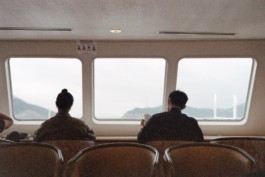
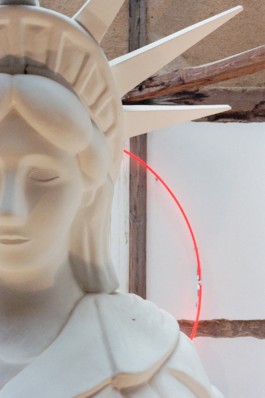
Shinro Ohtake Dreaming Tongue/BOKKON-NOZOKI, part of the Art House Project. Leica M6 on KODAK PORTRA 400.
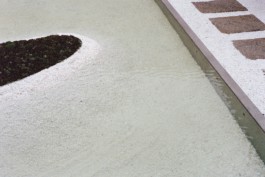
The Naoshima Plan "The Water". Leica M6 on KODAK PORTRA 400.
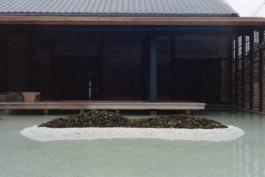
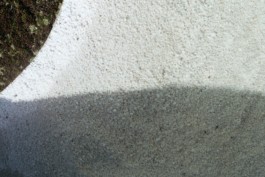
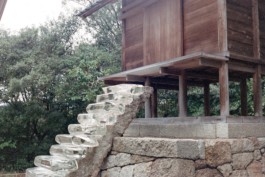
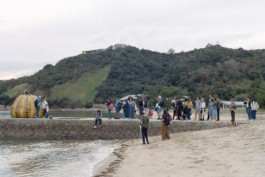
One of the more famous Kusama pumpkins around the world. Leica M6 on KODAK PORTRA 400.
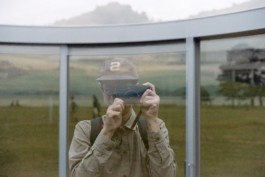
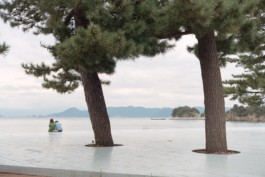
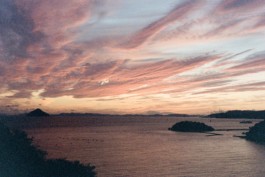
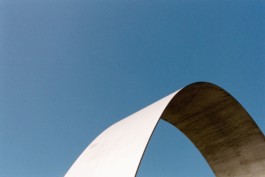
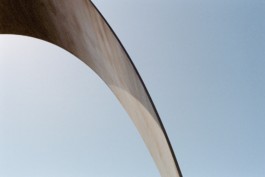
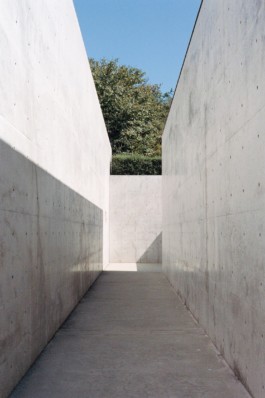
Lee Ufan Museum. Leica M6 on KODAK PORTRA 400.
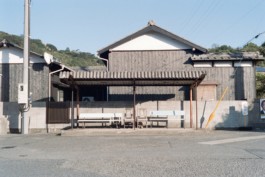
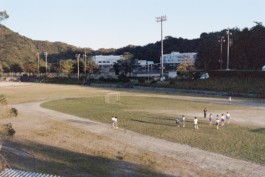
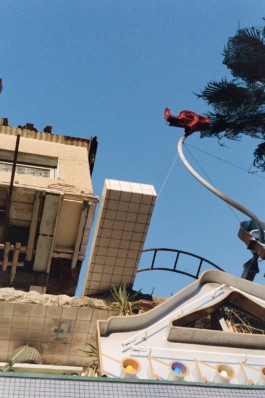
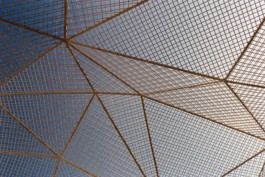
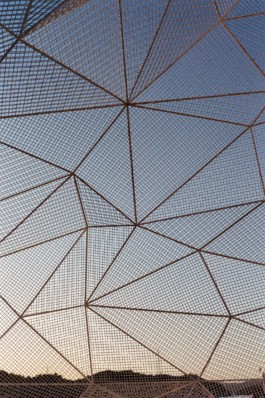
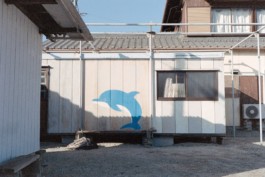
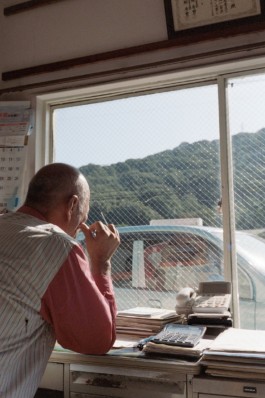
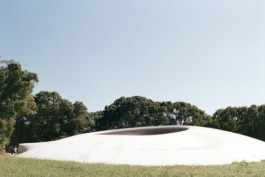
The remarkable Teshima Art Museum. Leica M6 on KODAK COLORPLUS 200.
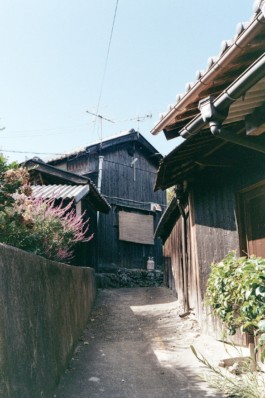
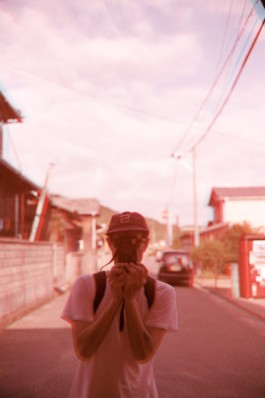
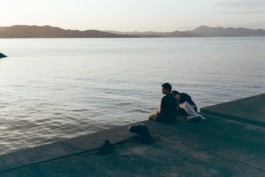
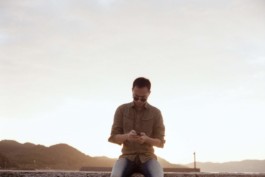
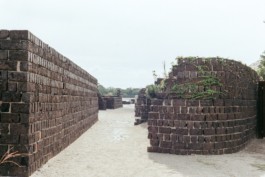
Inujima Seirensho Art Museum. Leica M6 on KODAK COLORPLUS 200.
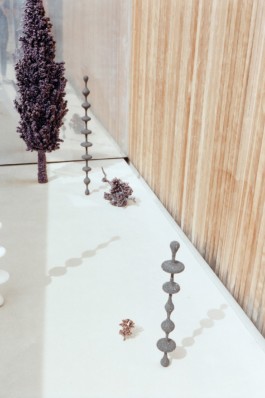
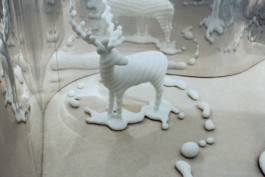
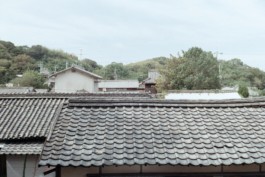
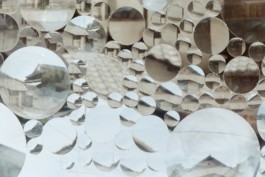
Inujima "Art House Project". Leica M6 on KODAK COLORPLUS 200.
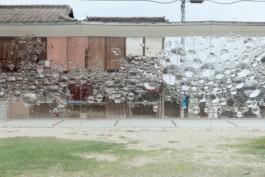
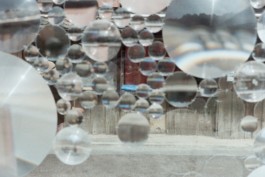
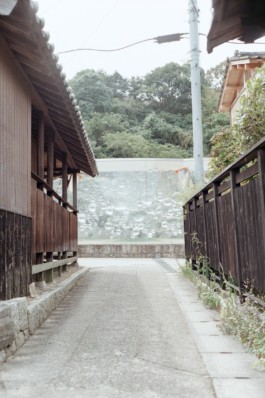
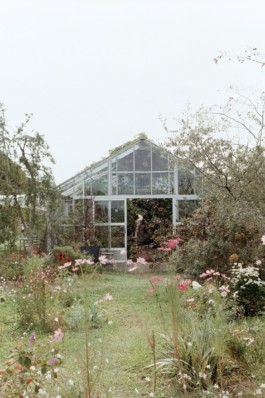
Inujima Life Garden. Leica M6 on KODAK COLORPLUS 200.
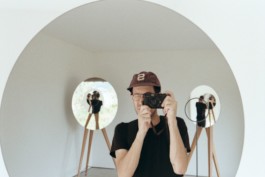
Olafur Eliasson's Self-loop at Inujima Art House Project. Leica M6 on KODAK COLORPLUS 200.
Location
Japan
[ ] Naoshima
[ ] Ikujima
[ ] Teshima
Travel Dates
2019.10.08 - 2019.10.11
Camera
Leica M6
Film Stocks
KODAK PORTRA400, KODAK GOLD 200
Travel Notes
Naoshima is a small island with a population of 3,000+ people situated in the beautiful Seto Inland Sea of Japan.
Over the past three decades it has become famous for its collection of contemporary art both inside and outside of museum/gallery walls. Many of the earlier structures were created by Japanese architect Tadao Ando.
Since Naoshima was established as the "art island", other neighboring islands joined in as well and now make up the Setouichi Triennale. The number of participating locations and art in this small area of Japan is baffling.
This was my second visit to Naoshima, the first being 9 years before. As far as I could tell not much had changed over the years besides the influx in accommodation options, the number of tourists, and waiting times for museums.
My intention for this trip was to visit Naoshima island but also to focus on more of the more remote islands that I could not visit during my last trip. These islands are visited by short ferry rides from Naoshima.
The weather during my stay was exceptional. Blue skies and comfortable low 20's temperatures during the day and cool mid 10's during the evening. It really made the trip that much more special and I hope you get good weather when you visit too.
While on Naoshima I revisited some of the places I had remembered from my previous visit. The most memorable being the two James Turrell pieces and the Art House Project. I wrote about James Turrell briefly in on of my earlier posts here.
The second day I ventured off to Inujima. Among many other artists there were a significant amount of pieces created by Japanese architect Kazuyo Sejima of SANAA, so I dubbed the island Sejima-jima. They had turned an enormously huge site previously used for local mining (?) into a museum, as well as smaller structures situated within the small communities of this island. This big site is called the Inujima Seirensho Art Museum. Inujima felt like a scaled down version of Naoshima, a remote island using art to lure tourists and rejuvenate the local community. I really enjoyed the slow pace.
The following day I made the trek to Teshima where Sejima's SANAA partner Ryue Nishizawa created the Teshima Art Museum. This was something very special. I love art that can transport you to another place and time. This is a very powerful tool I can't begin to understand but can feel it with every bone of my body when present. A physical place that can clear you of your thoughts and invites you to rediscover. For me, Ryoanji in Kyoto, some James Turrell spaces, Ghery's Guggenheim in Bilbao - all these places do something similar. Unfortunately you can not take photos inside of the museum. It is such a remote location to host such a beautiful structure that I doubt someone will casually "drop in", but I highly recommend adding it to your bucket list. It is worth the trip and then some. I remember leaving the main structure once, only to return a couple of minutes later knowing that I most likely will not visit again, if not forever. And if I do, it would be in a different space and time.
The Leica performed as expected, which by now makes it the most reliable piece of equipment that I own. I remember the most recent trip to Hong Kong and being burned and bummed by the results of funky film and a point-and-shoot combo, even if the camera is considered a best in class. Years of studying and still learning :-)


Shinro Ohtake Dreaming Tongue/BOKKON-NOZOKI, part of the Art House Project. Leica M6 on KODAK PORTRA 400.

The Naoshima Plan "The Water". Leica M6 on KODAK PORTRA 400.




One of the more famous Kusama pumpkins around the world. Leica M6 on KODAK PORTRA 400.






Lee Ufan Museum. Leica M6 on KODAK PORTRA 400.








The remarkable Teshima Art Museum. Leica M6 on KODAK COLORPLUS 200.





Inujima Seirensho Art Museum. Leica M6 on KODAK COLORPLUS 200.




Inujima "Art House Project". Leica M6 on KODAK COLORPLUS 200.




Inujima Life Garden. Leica M6 on KODAK COLORPLUS 200.

Olafur Eliasson's Self-loop at Inujima Art House Project. Leica M6 on KODAK COLORPLUS 200.
Hi there I'm Jordon.
This is a blog about traveling and film photography. You can read more about me here, visit the archive of this blog here, or support me by purchasing goods from here.
Unfortunately I couldn't figure out how to enable comments on this site but i would love to hear from you by email at jordoncheung [attttt] gmail [dot] com ✌🏽
Hi there I'm Jordon.
This is a blog about traveling and film photography. You can read more about me here, visit the archive of this blog here, or support me by purchasing goods from here.
Unfortunately I couldn't figure out how to enable comments on this site but i would love to hear from you by email at jordoncheung [attttt] gmail [dot] com ✌🏽